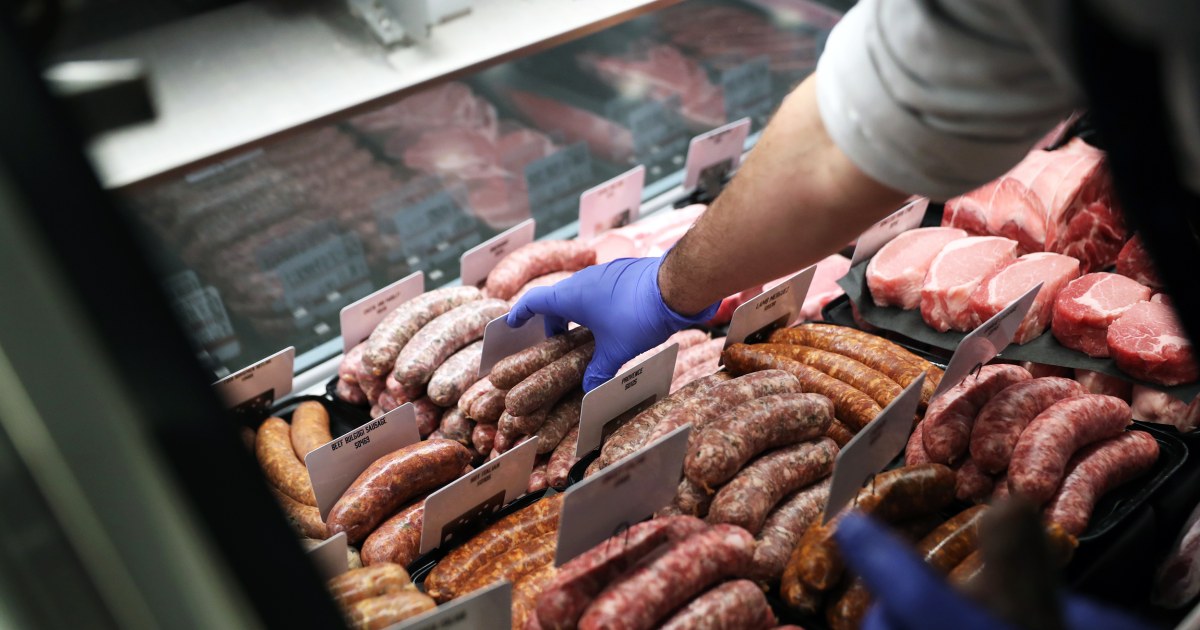
Kevin Roberts, CarGurus’ director of industry insights and analytics, said the auto industry faces a similar issue as the fuel industry: increased demand at the same time production is lagging. Automakers shuttered factories and cut back on the production of new cars during the pandemic, with the number of new vehicles on dealer lots falling from 4 million in April 2019 to less than 1 million in September.
Fewer commuters have taken mass transit since the onset of the pandemic, and Roberts said that people began looking for cars as cities and economies reopened. And with few new cars available, buyers began to move to the used car market.
“It’s real-life economics 101,” Roberts said. “Demand remained high, supply remained constricted, so prices went up.”
And it’s not just individuals and families competing for used vehicles; Roberts said car rental companies have started buying pre-owned cars.
Automakers are also fighting a shortage of computer chips used in high-tech vehicles, which is further preventing them from building as many cars.
While production might not reach pre-pandemic levels until the second half of 2022, that doesn’t mean prices will fall immediately, Roberts said.
“Just because production is up doesn’t mean we’ll revert back to normal,” he said, adding that even full-production won’t make up for the shortage of vehicles that weren’t made during the pandemic. “We’ll still be under where we could be on new vehicle sales.”
Electricity
Electric bills have spiked this winter, with increases sending customer bills in New York; Newark and Jersey City, New Jersey; and other cities to record highs. According to data from the Bureau of Labor Statistics, the price of electricity rose by 10 percent from April 2020 to January.
Source: | This article originally belongs to Nbcnews.com










